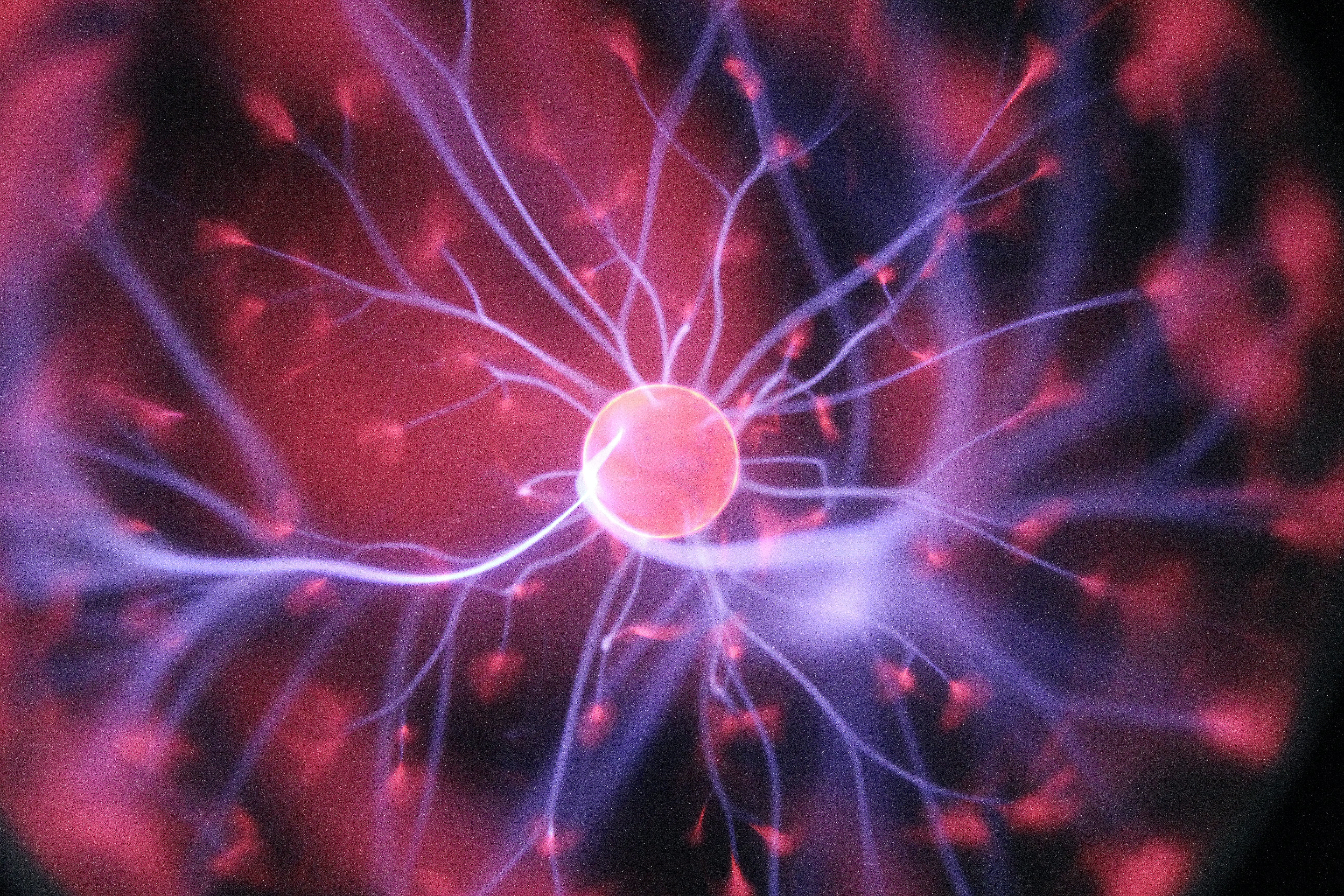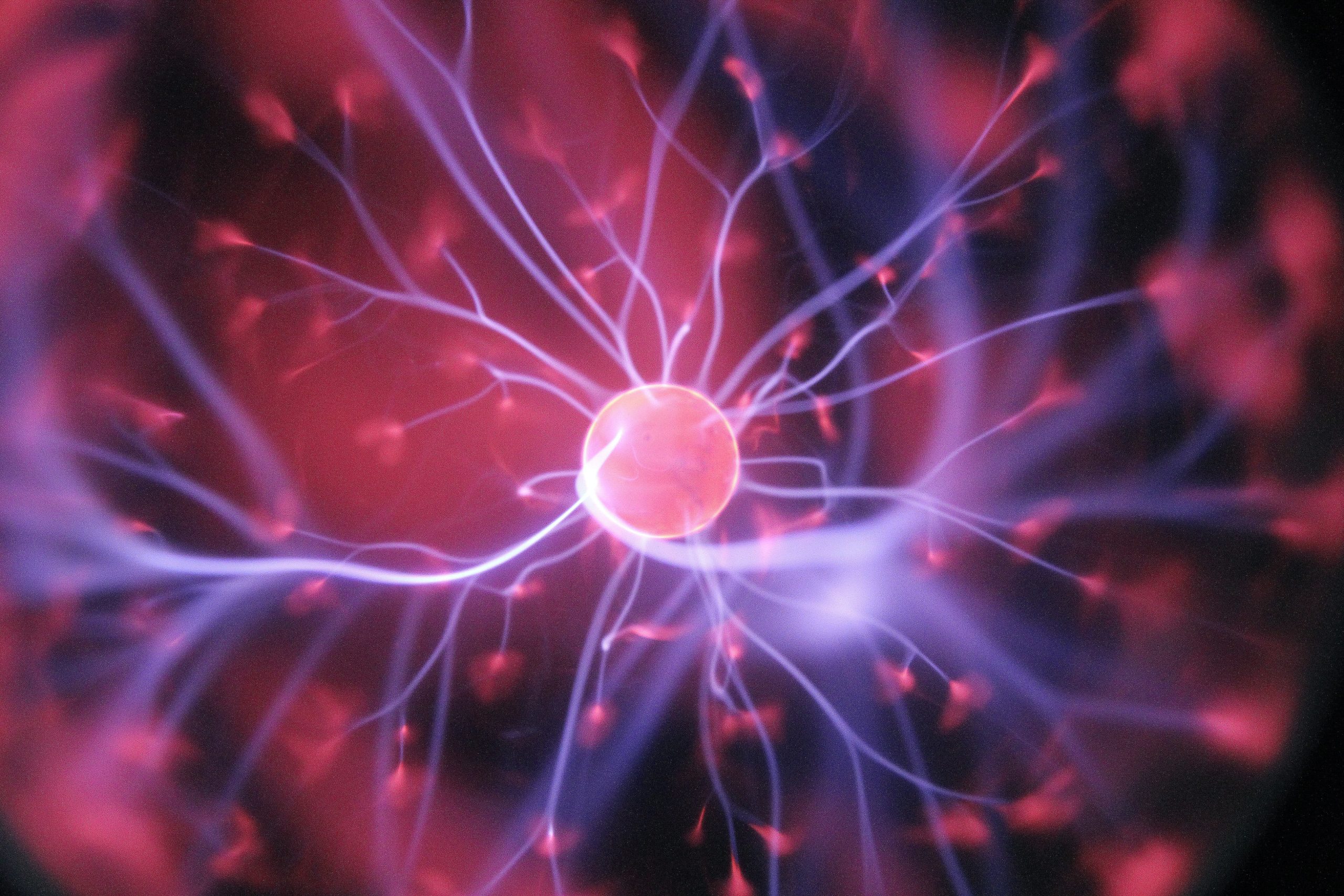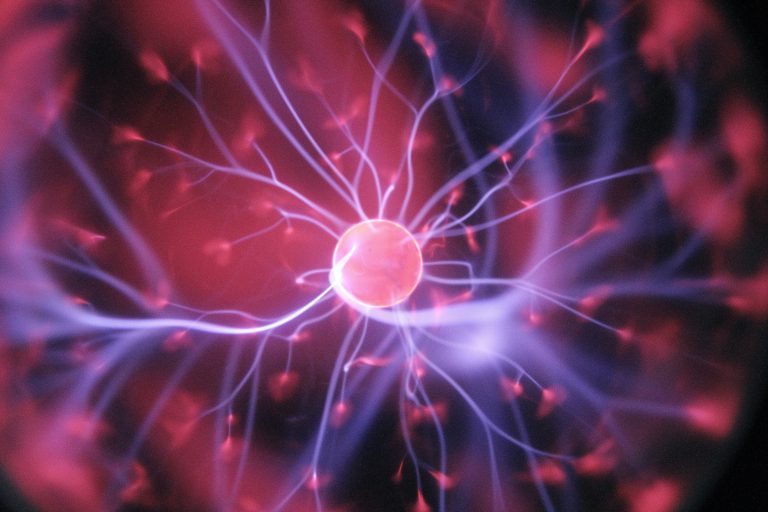Quran and Science – Moon Light is reflection of Sunlight
Quran and Science – Moon Light is reflection of Sunlight
Quran and Science
The Quran and Science are two important disciplines that have been working together for centuries. The Quran provides a scientific basis for many of the phenomena that we observe in the natural world. For example, the Quran tells us about the patterns of the universe, the Earth’s climate, the origins of life, and much more.
It was believed by earlier civilizations that the moon emanates its own light. Science however now tells us that the light of the moon is reflected light.
http://www.extremescience.com/moon.htm
- The light of the moon is actually a reflection of the light from the sun. So on a full moonlit night, we’re actually getting sunlight that’s bouncing off the moon.
However this fact was mentioned in the Qur’an 1,400 years ago in the following verse:
Most Blessed and Most Glorified is He Who made vast mansions of heavenly spheres (in the form of galaxies) in the heavenly cosmos and made (the sun) in it a (light-generating and heat-emitting) lamp and a shining moon (in the solar system).►{Chapter 25 Surah Furqan : Verse 61}
■In the above verse,the Arabic word for the sun in the Qur’an, is shams. It is also referred to as siraaj which means a ‘torch’ or as wahhaaj meaning ‘a blazing lamp’ . All descriptions are appropriate to the sun, since it generates intense heat and light by its internal combustion.
■The Arabic word for the moon is qamar and it is described in the Qur’an as muneer which is a body that gives noor i.e. reflected light. Again, the Qur’anic description matches perfectly with the true nature of the moon which does not give off light by itself and is an inactive body that reflects the light of the sun. Not once in the Qur’an, is the moon mentioned as siraaj, wahhaaj or diya nor the sun as noor or muneer.
■ Qur’an makes a clear distinction between the nature of sunlight and moonlight. The following verses relate to the nature of light from the sun and the moon .
He is the One Who has made the sun (a source of) light and (with that) made the moon shine, and appointed for it stages (to appear smaller or bigger) so that you might compute the number of years and the count (of time). Allah has not created (all this) but with a zero-defect strategy. (Through these cosmic realities) He expounds in detail the Signs (of His Creativity, Unicity and Might) for those who possess knowledge. ►{ Chapter 10 :Surah Yunus: Verse 5}
Do you not see that Allah has made seven heavens one upon another?
And He illuminated therein the moon and has made the sun as a lamp.
►{Chapter 71 Surah Nûh : Verse 15-16}
SubhanAllah!
May Almighty Allah make us from those who contemplate on His Signs as mentioned in the following verse…Ameen!
And He is the One Who made the day and the night rotate after each other for him who desires to contemplate or intends to be grateful. (There is direction and guidance in these creative powers.)
►{Chapter 25 Surah Furqan : Verse 62}
Quran and Science
The synergy between the Quran and scientific exploration has long intrigued scholars, fostering a deeper understanding of natural phenomena. One intriguing connection that has garnered attention is the Quran’s reference to the moon’s luminescence as a reflection of sunlight. Delving into this fascinating interplay of scripture and science, we unearth the profound truth behind this celestial phenomenon.
The Quranic Insight: Moon’s Radiance as Sunlight’s Reflection
The Quran, a timeless spiritual guide, holds verses that resonate with the natural world. In Surah Al-Shams (Chapter 91), the radiant interplay between the sun and the moon is eloquently depicted: “By the sun and its brightness, and the moon as it follows it.”
Here, the Quran acknowledges the moon’s brilliance as an outcome of its role as a reflector of the sun’s light. This concept, although conveyed in a metaphorical language, aligns astonishingly well with modern scientific understanding.

Quran and Science Astronomical Harmony: Scientific Perspective on Moonlight
Scientifically, the moon emits no light of its own; instead, it shines by reflecting the sun’s radiant beams. This phenomenon is akin to the Quranic portrayal of the moon’s light as a follower of the sun’s radiance. The sun, the supreme source of light in our solar system, illuminates the moon’s surface, causing it to glow with a subdued radiance visible from Earth.
Eclipsing Misconceptions: Dispelling Moon’s Independent Luminescence
Contrary to ancient misconceptions of the moon possessing its own light, the Quran subtly elucidates its role as a reflector. This perspective aligns with the Quran’s overarching theme of unity and interconnectedness within the cosmos. Modern scientific scrutiny further corroborates this divine insight, fostering a profound harmony between faith and empirical knowledge.
A Glimpse into Lunar Phases: A Synchrony of Illumination
The moon’s luminous journey is punctuated by its ever-changing phases, each intricately tied to its position relative to the sun. From the crescent of a new moon to the full moon’s brilliance, these phases manifest the dynamic interaction between sunlight and the moon’s surface. The Quran’s allegorical representation of the moon as a follower captures the essence of this celestial choreography.
Eternal Lessons: Spiritual and Scientific Symbiosis
The Quran’s poetic depiction of the moon’s radiance beautifully captures a scientific truth that continues to captivate human curiosity. This symbiosis between spiritual wisdom and scientific inquiry serves as a testament to the interconnected nature of all knowledge. As we unravel the mysteries of the universe, we find ourselves drawn closer to the essence of the divine revelations.
Conclusion: Where Faith and Science Converge
In the exquisite tapestry of Quranic verses, the reference to the moon’s light as a reflection of sunlight transcends the boundaries of time and culture. This nuanced insight harmonizes seamlessly with our modern understanding of the cosmos, highlighting the unity between faith and science. As we gaze upon the moonlit nights, let us be reminded of the profound interplay between the radiant wisdom of the Quran and the illuminating revelations of science.
In this journey of exploration, we witness the beauty of divine revelations aligning with empirical truths, weaving a narrative that enriches both our spiritual and intellectual horizons. The moon’s gentle glow becomes a symbol of the intricate connection between the realms of faith and the realm of knowledge, inspiring us to delve deeper into the mysteries that both the Quran and science hold.






 EID SALE: Every product $39.99! Ends April 5.
EID SALE: Every product $39.99! Ends April 5.

